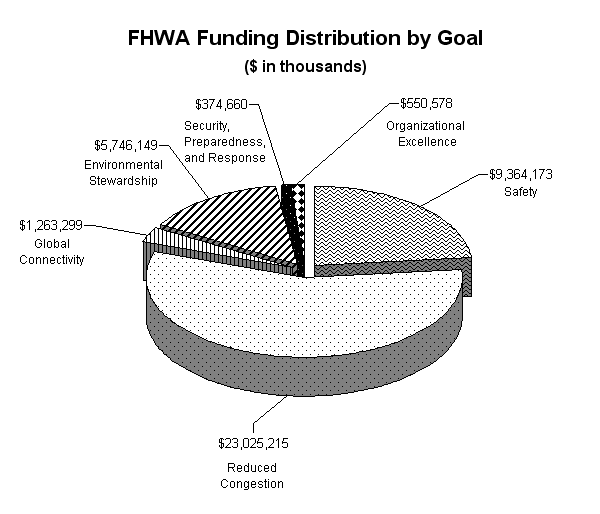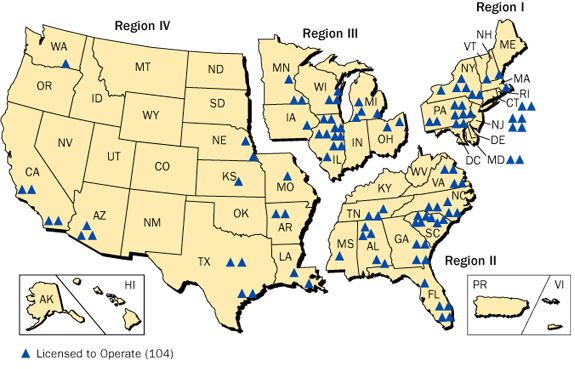


 digg_url = ‘http://www.digg.com/environment/A_stronger_economy_better_budgets_and_a_shorter_commute_by_not_using_coal’; digg_skin =’compact’;
digg_url = ‘http://www.digg.com/environment/A_stronger_economy_better_budgets_and_a_shorter_commute_by_not_using_coal’; digg_skin =’compact’;
reddit_url=’http://advancednano.blogspot.com/2007/05/better-economy-and-government-budgets.html’
Wendell Cox has an analysis of using more rail instead of trucks to move freight This can be achieved without building more rail by switching away from coal power usage to nuclear power, efficiency programs and renewables to meet increasing energy demand and to eliminate the need for existing coal plants. Savings from reduced future highway spending and reduced oil imports could be used to offset a major buildout of alternative’s to coal energy.
UPDATE: I spoke with Wendell Cox. Unfortunately there is less additional justification from tieing in the transportation aspect.
1. The traffic congestion is only helped by intermodal rail. So only the congestion that overlaps with long-haul freight would be helped with any shift in truck to rail freight.
2. The highway budget has already been largely repurposed for spending other than building highways. A small percentage might be justified but more likely it would be separate bond measures or new appropriations to get new funds. Highway funding to build actual highways is already lagging what is needed.
3. So what is left is that rail is 3-9 times more fuel efficient than trucks. So shifting some long haul freight with displaced coal capacity would save fuel based on the ton-miles that get shifted.
In 2005, railways were able to move 417 ton miles per gallon of diesel and trucks can move about 60 ton miles per gallon of diesel.
A pdf with rail freight statistics
Ton mile statistics for different kinds of transportation
In 2002, Coal used 562.5 bllion ton miles and the average shipment was 112 miles
If that coal could be displaced and freight that was otherwise sent via truck was shifted to rail in place of coal, then 8 billion gallons of fuel would be saved each year. At $3 per gallon that would be 24 billion dollars.

23 billion is being budgeted at the federal level to reduce congestion on highways in 2008 Each state also spends money on highways. California has budgeted about 11 billion on highways in 2007
If we were not using coal for energy we would not need to move 1.17 billion tons of coal each year to the power plants This is 40% of the freight rail traffic. With the extra freight rail capacity, state and federal governments could use policy to shift truck traffic to the rail capacity that is made available. 4.5 million trucks could be off the road during rush hour.
This is 200 million barrels of oil or about 10 days of total USA oil consumption (from rail efficiency). 3% of total oil consumption. It would be be 16 days of oil imports or 5% of total imported oil. It would reduce the trade deficit (58 billion per month) by about 2-3%.
Note: I recognize that more work policy wise and infrastructure wise would be needed to get the truck traffic shifted even as we reduced the coal usage. So more work would be needed to generate the savings. However, I believe that savings would result. Also, a highly detailed analysis of traffic and freight patterns, specific coal plant locations and actual coal flows would be needed to determine the extent and value of the savings.
Coal supplies 50% of Americas electricity and 20% of California’s electricity.
For California: California uses a total of about 294 billion kWh of electricity So the 50 billion kWh coming from coal would need to be replaced.
California’s 4 nuclear power plants provided 36.1 billion kWh in 2005 6 more nuclear reactors of the same size would provide 54 billion kWh.
California does not have coal and has to bring it in mainly from Utah This is an average of about 700 miles. It is bringing in about 5-8 million tons of coal (depending upon the year). California also brings in electricity from out of state coal plants The benefit to California would be only 500 million to 1 billion from annual transportation savings, since more of the coal activity is out of state. But that and health benefits and reduced health costs would justify a fast as possible conversion out of coal.
Here is link with the coal usage by region in the United states

The case is strongest for states in the East North Central (231.7 billion tons of coal), South Atlantic (178.9 billion tons of coal), West South Central (152 billion tons of coal), and the East South Central (117 billion tons of coal). The case is also pretty good for the Mountain and Middle Atlantic states. However, as I illustrated even California has a reasonable case in spite of low direct coal usage.
Those states have high coal usage, high population density or high population growth and high tranportation demands.
Here is the 2006 federal transportation analysis. and the 2008 transportation budget.

Highway congestion is worsening. To ease gridlock, the 2006 Budget proposed highway and transit infrastructure spending of $283.9 billion over six years. This marks a 35-percent increase over the TEA 21 six-year spending totals.
For 2001, Amtrak received $520 million in Federal funding. For 2005, Amtrak received $1.2 billion. It requires hundreds of millions of dollars in operating subsidies annually, particularly for its long distance trains, to remain solvent.

The U.S population is expected to grow by approximately 82.2 million people between 2000 and 2030 [I think this is a low estimate]. Seven states (Florida, Georgia, North Carolina, South Carolina, Tennessee, Texas, and Virginia) account for over 47 percent (38.7 million) of the population growth in the United States by 2030. Three southern states (Florida, North Carolina, and Texas) will account for approximately 36 percent of all U.S. population growth. Florida alone will account for 15.5 percent of the U.S. population growth between 2000 and 2030.
Current nuclear plant distribution
Here is a link to a study that shows that good transportation means a good economy
Addendum: More specifics about a proposed way to get rid of coal usage.
If one third of the $268 billion of the federal money for highways was given as energy incentives. Then $89 billion could be used for incentives (About $15 billion per year. Policies would also need to be adjusted to encourage alternatives to coal.
I do not think the following projection of the replacement energy mix and how long it might take should distract from the core idea: Energy and transportation and health policy need to be merged. Coal usage impacts the current and future budgets for transportation and health. So it makes sense to spend some of the transportation and and health money to displace coal and buy better transportation and health by displacing coal.

Coal generates 2 trillion kWh.
GE ESBWR 1.55 GW nuclear plant are $2.48 billion each. Each new plant would generate about 12.6 billion kWh.
There will be 30-34 applications for new nuclear plants under current regulations 2009.
As part of a unified transportation-energy policy more money was spent to eliminate coal usage as part of a shifting of traffic to rail then the number of nuclear plants could be increased and policies and incentives could be made to encourage up-rating existing nuclear plants. Uprating has a 18-24 month approval process.
$60 billion could be assigned to build three nuclear reprocessing plants to handle 2400 tons of waste each year. There would have to be a reversal of any legislation (like Jimmy Carter introduced) which made reprocessing illegal. The cost would be spread over 15-25 years.
Up to 50% power up rates are possible. MIT has research on making donut shaped fuel and adding nanoparticles for a higher operation temperature.
Wind power could also be given incentives to increase the 29% growth rate. 30 GW (total 68 billion kWh or an added 32 billion Kwh by 2010).
Policy and monetary incentives should be created to switch to more efficient superconducting motors that will be available in 2010 They could save about 34 billion kWh.
Over 20 years, a replacement energy mix scenario is:
80 new 2GW nuclear plants (up-rated 1.55 GW reactors) with 16.25 billion kWh each. 1300 billion kWh
200 billion kWh from up-rating of existing nuclear reactors
400 billion kWh from wind
200 billion kWh from solar
34 billion kWh from superconductor motor industrial efficiency

Brian Wang is a Futurist Thought Leader and a popular Science blogger with 1 million readers per month. His blog Nextbigfuture.com is ranked #1 Science News Blog. It covers many disruptive technology and trends including Space, Robotics, Artificial Intelligence, Medicine, Anti-aging Biotechnology, and Nanotechnology.
Known for identifying cutting edge technologies, he is currently a Co-Founder of a startup and fundraiser for high potential early-stage companies. He is the Head of Research for Allocations for deep technology investments and an Angel Investor at Space Angels.
A frequent speaker at corporations, he has been a TEDx speaker, a Singularity University speaker and guest at numerous interviews for radio and podcasts. He is open to public speaking and advising engagements.
